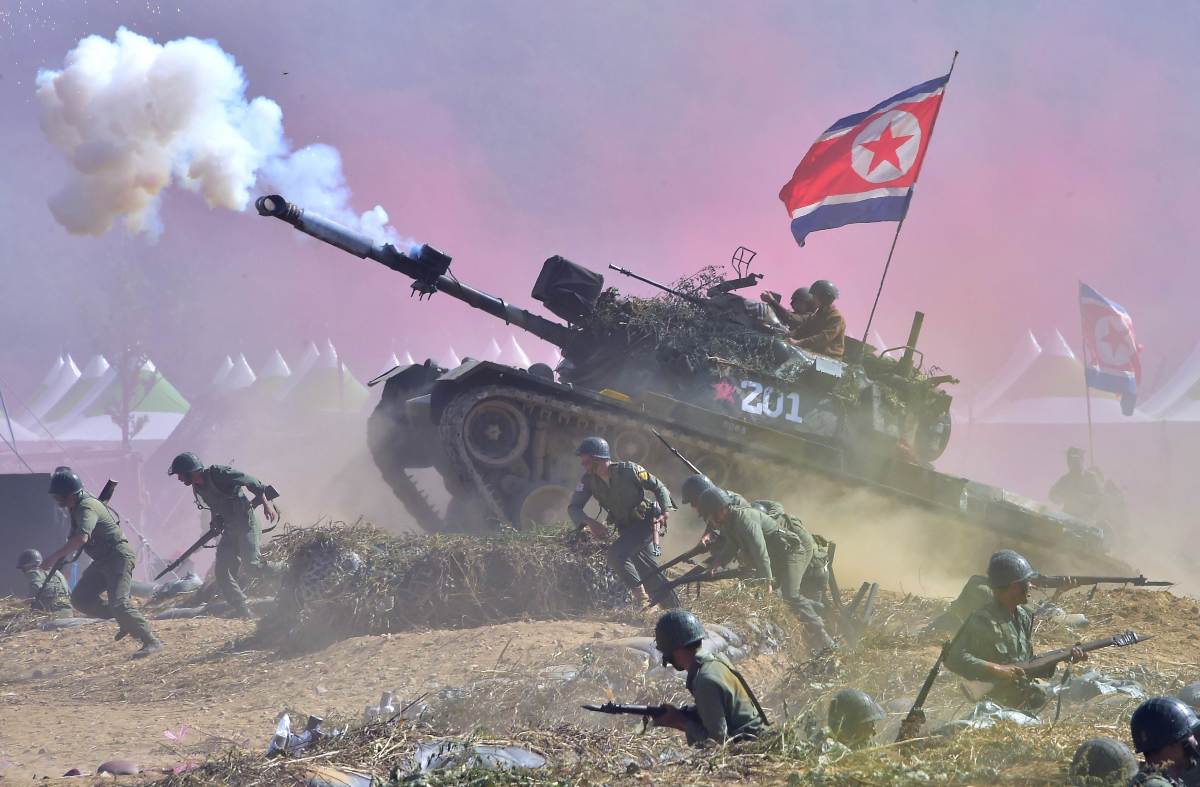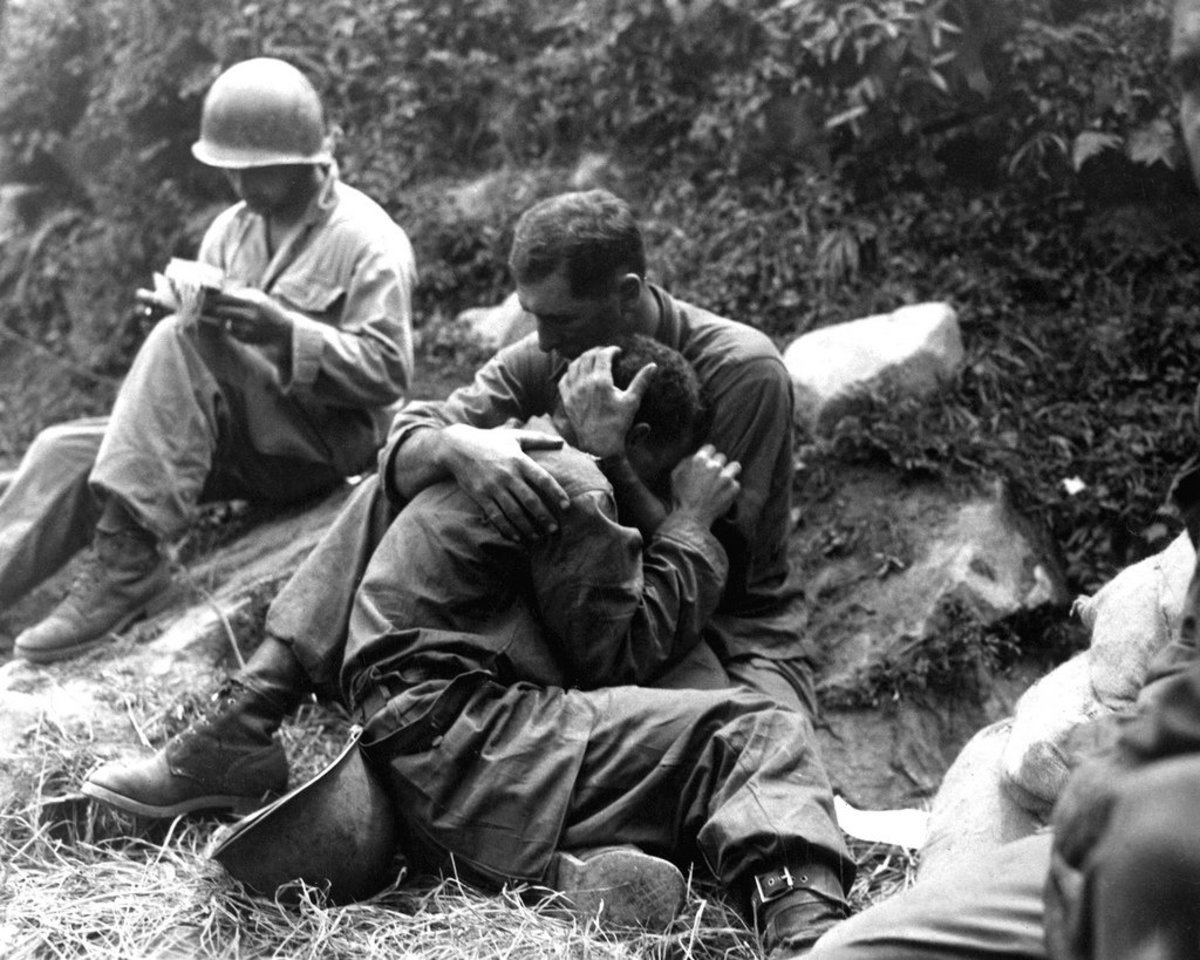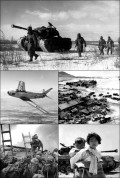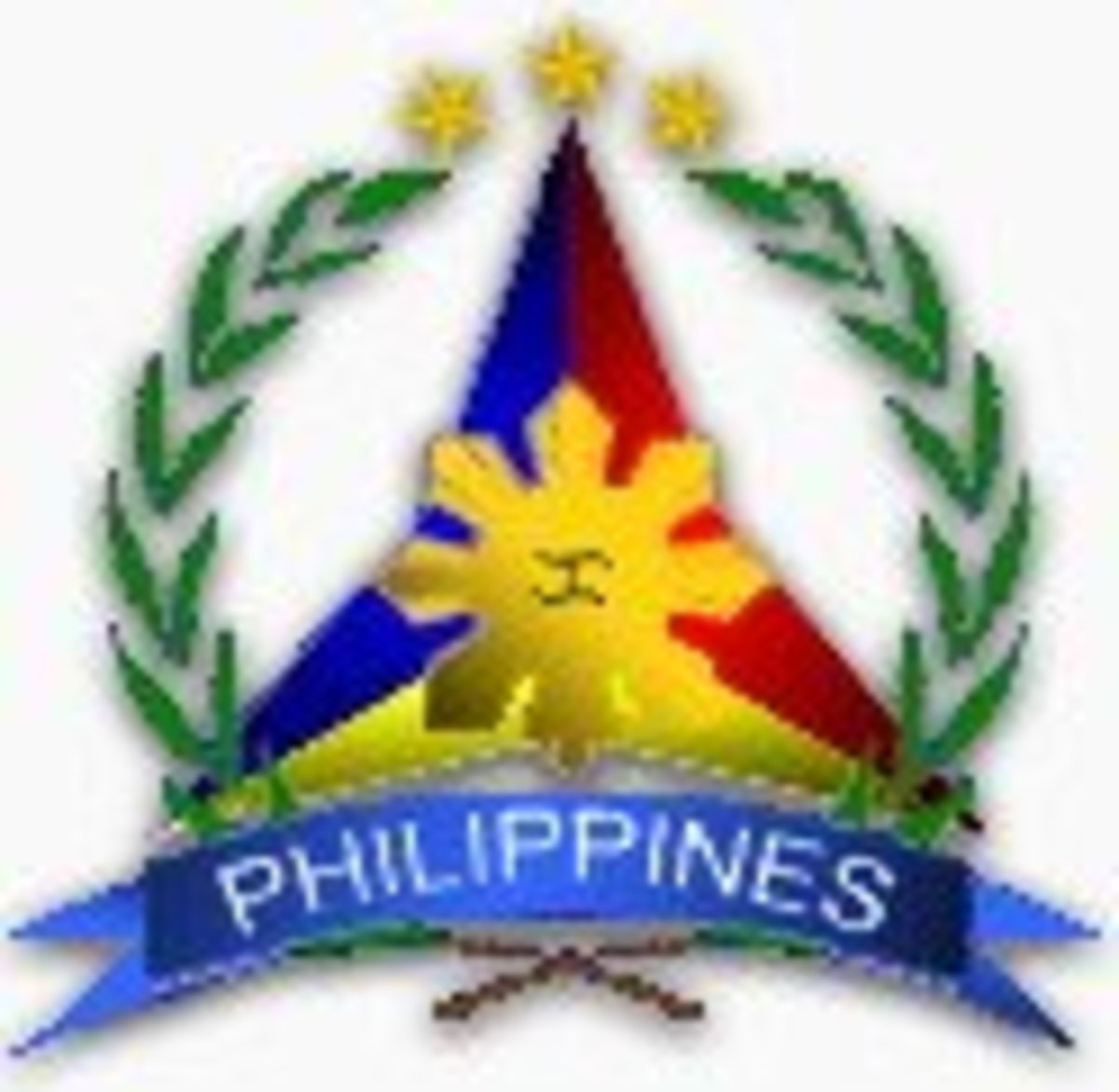Cognac and Collectivism: Overview of the North Korean economy
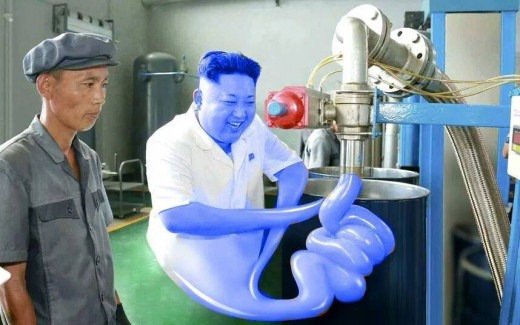
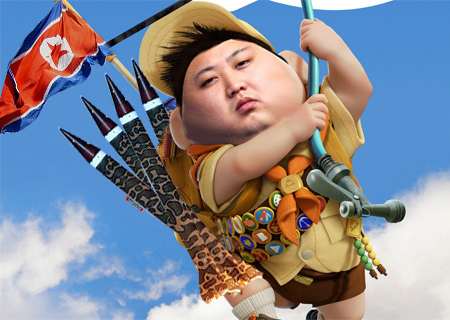
The Democratic People's Republic of Korea is one of the most enigmatic nations to have ever existed, and said continued existence is one of the largest mysteries of the modern world. Commonly referred to as North Korea (or “Best Korea”), the Dprk is the culmination of years of Japanese Imperialism, Nationalistic fervor, and U.S. foreign policy. The Korean War never officially ended, and resulted in a heavily fortified armistice at the 38th parallel. This has created a complicated yet fascinating situation on the peninsula, as well as a heavy political, economic and social duality which continues to resonate in international affairs.
The Democratic People's Republic of Korea is an undemocratic, one party totalitarian state with a Centrally Planned Economy. (If you don't factor in the black market or special administrative regions.) Its recent exploits have earned it international notoriety and celebrity endorsement by Dennis Rodman.
The DPRK was founded under the benevolent, paternal radiance of eternal president Kim Il Sung, whose legendary exploits will forever be remembered in the hearts of the Korean people. His Juche ideology has fostered an economy unlike any other, and I can assure you that that's not an exaggeration. North Korea boasts one of the poorest economies on Earth, and is largely an aging relic of Cold War era Stalinism. It has frequently been said that the DPRK's most valuable export is (in non vulgar terms) not messing things up. North Korea does indeed have a great capacity to not mess things up, by not attempting to expand their nuclear program, not issuing cyclical threats to raze Washington D.C. into a sea of fire and not starting World War III. In spite of this, we will try analyze North Korea's actual exports (along with a diverse range of other figures) in order to better understand the true nature of the Hermit Kingdom's economy.
Unfortunately, it's referred to as the Hermit Kingdom for a reason. Much of our knowledge of the nation is incomplete, and economic figures are usually estimations at best. The North Korean Government does not publicize official economic figures, so most of these estimates originate from the Korean Central Bank (in the south) and the unification ministry.
Different internet sources have yielded slightly different results, but the U.S. Central Intelligence agency claims that the DPRK has a Gross Domestic Product around 28 Billion Dollars USD. (As of 2009) When estimating North Korea's GDP in terms of prices prevalent in the United States, it rises to around 40 Billion. (Circa 2011) It's GDP per capita is estimate at around the equivalent of $1,800.00 USD. All of these figures are only a fraction of its Southern counterpart, which is an economic powerhouse. As an example, in 1991 North Korea's GDP was estimated at $22.9 Billion. South Korea's GDP was $237.9 Billion that same year.
The DPRK's economy has fluctuated throughout the years, with economic growth being most prominent in the years directly after the Korean war. Amazingly enough, the North's economy grew at a faster rate than South Korea's up until the 1960s. Many (X) year plans were established during this time period. The North's first 'Three Year” plan apparently resulted in GDP growth rates as high as 30%. This can be rationalized however; the North's resources were underutilized in spite of Japan's economic development of the peninsula during occupation. This gave the North ample opportunity to mobilize its economy a'la Stalin, allowing the state to exceed quotas through its ubiquitous command over resources and industry. The communist system eventually petered out, and the typical problems that come with a state controlled economy pervaded. Clumsy allocation of resources and funding, clumsy distribution, and an overall incentive to manipulate statistics in order to seem like quotas were actually being met contributed to diminishing marginal returns.
The economy began its process of stagnation early into the 60's; the continued to focus its attention on Heavy Industry but numerous political factors resulted in an increasingly large portion of government expenditures being allocated to the military, a problem not exclusive to this country, (*Cough, cough) but nonetheless a result of political tension and propagation of state sponsored mentality.
Seon'gun (선군정치), is a politicial/economic principle which has guided the government's logic in allocation of resources since the 1960s. As mentioned above, it's just a fancy term for the country's “military first” policy, and gives the Korean People's Army economic priority.
By the 1970s, North Korea's economy was in a state of decline; its rigidly planned economy was suffering from shortages, its expenditures were exceeding its revenue and it had already acquired a debt of around $2,000,000.00 USD. It was far behind the west in terms of technological capability and it relied on a substantial amount of aid from other communist bloc countries, primarily the soviet union. Resources became scarce, and all of this obviously resulted in a declining GDP.
The North failed where other communist bloc countries succeeded; it's dedication to the “Juche” ideology imposed a very limiting institutional limit on the Production Possibilities Frontier. The Juche principles of self-reliance isolated North Korea's economy, and its refusal to innovate and adapt to modernization only hindered it further.
China provides a good anti-thesis to this scenario; the death of Mao Zedong shortly after the disastrous Cultural Revolution (文化大革命), which stagnated the PRC's economy, saw economic reforms at the hand of his eventual successor, Deng Xiaoping. Deng Xiaoping created a mixed economy which saw natural stimulation via several special economic zones. This eventually resulted in a thriving market economy described as “Socialism with Chinese characteristics”. It may have copped out on Marx's vision, but it at least allowed it to survive into the 21'st century. This is important to remember as we delve into the future of the DPRK's economy. Kim Jong Un supposedly has plans to implement special economic zones which allow free market economies in the future, but the political situation is still bleak. The following is a selection of economic estimates sampling recent years, the slow growth rate is apparent:
The collapse of the eastern bloc and the Soviet Union in the early 90's added on to the disaster facing the country. Natural disasters and droughts created supply shocks, resulting in a famine which the country still hasn't completely been able to recover from. It's been estimated that the country's GDP almost halved during this period (1990-1999). This all resulted in a revitalization of a black market economy which is now responsible for providing a substantial portion of consumption.
Now let us analyze the system which facilitated this roller coaster of economic disaster. Economic policy is decided by the Central Committee of the Workers' Party of Korea, which meets every few years; the goals are then delegated to the State Planning Committee, which established committees at regional, and local levels. The Central Committee determines its economic objectives through an aggregate data which is funneled from all of the sub committees. A “draft” is created by this data, which then goes through a bureaucratic process before being approved and becoming mandatory. This basic explanation already helps to illustrate the rigidity of the whole system. Several economic plans of varying durations have been formed using this system.
All aspects of industry, including management, are decided by more systems of committees. Industries are allocated capital (resources, funds) from the central bank, and are required to meet mandatory quotas. 50% of an industry's “profit” is taxed, and the rest goes to other expenses such as wages, procurement of resources, and other minor incentives for management.
Because North Korea is a centrally planned economy, it's only natural that the State's budget expenditures represent a large percentage of the total Gross National Product. In the mid-1980s, it was estimated that Government Purchases represented nearly 3/4ths of GNP, most of which was allocated to varying priorities in the state's economic sectors. It becomes easy to see how underfunding in one sector would represent severely weaken one industry, which would then have an effect on other industries.
Income taxes were abolished in 1974; this apparently wasn't seen as problematic, as the state derived a lot of funding from deducting it's own industries profit. Fees for using government sources provide another source of revenue. The government also has a rationing system which has deteriorated significantly in recent years; the system is said to be hierarchical, with the elite receiving the bulk of goods and a large number of the lower working class no longer receiving rations/benefits. This is another reason for the recent growth of a technically illegal yet necessary and often overlooked market black economy.
See guize, I was serious; (Courtesy of Eagle News International)
Black Market and Beyond:
The black market is thriving in the North, and a recent estimate by a South Korean institute stated that between 40-70% percent of an average citizen's livelihood is dependent on unauthorized economic activity. It is also estimated that up to 75% of citizens no longer rely on the state controlled economy to survive, and while the country remains largely malnourished, the growth of these illegal markets seems to be helping with the issue in the larger cities such as Pyongyang. The failing rationing system has resulted in its system in many areas outside of the capital, so the necessity of this system, which has certainly not been endorsed by the government, is obvious when one considers the need to keep the labor force healthy enough to sustain the traditional state controlled economy.
It seems that workers are abandoning their state sanctioned jobs in favor of market opportunities; it was reported that only 100 out of 750 employees reported to their job at a shoe factory in Pyongyang, with the rest engaging in their own business ventures. The black market provides ample opportunity to receive a wider variety of goods and at cheaper prices. Obtaining government vouchers for certain goods can be extremely difficult, such as meat and furniture. Since the black market comes closer to mimicking a more natural “lazies-fare” economy, the availability of goods smuggled over from China increases. The price level for the same good can be much lower on the black market when comparing and contrasting the two economies. The two economies can also be used in tandem. For example, the state has recently reinstated rice rationing in Pyongyang, which can be bought with vouchers at 30 Won per Kilogram up to four times a year. Because foreign currency is used as a common medium of exchange on the black market, a sort of system of currency trading has developed. A yen can be used to purchase domestic currency at a rate of 45 Won per Yen. Both markets can be taken advantage of in this way.
A ridiculously large number of factors have contributed to high amounts of inflation in recent years. Price shocks range from natural disasters to economic sanctions imposed by bourgeoisie-imperialist pigs who dare prevent the glorious motherland from developing peaceful nuclear energy. (Citation needed) A “currency reform” was recently implemented but was nothing more than a superficial reduction of the currency's unit by two digits. Families could only exchange a limited number of old currency for new currency within a very short time period, and were out of luck if their accumulated currency exceeded the limit. This further devalued the Won, and reinforced the value of more stable foreign “hard” currencies which have become prominent on the black market. This doesn't come without its difficulties, however; the state frequently makes examples out of all forms of market activity, in spite of allowing it to exist. Workers frequently have to bribe their official work location with some of the revenue produced in order to not be reported to the authorities. Unfortunately, because the North's regime denies the market's existent to keep the communist vigor alive, the government cannot take advantage of the strengths the free market provides in order to strengthen its own economy.
As a result of the black market and failed economic policy, North Korea is experiencing an effect known as “Dollarization”, where foreign currencies eclipse the domestic currency in usage and value. The most common currencies being used on the officially illegal black market are the Chinese Yuan and (ironically) the American Dollar. Another important currency being used is the South Korean Choco-Pie. Choco-Pies were (up until recently) distributed by South Korean management to North Korean workers in the Kaesong Industrial Complex, where they could be exchanged on the black market for the equivalent of $10.00 USD. We can only assume that scarcity has severely deflated the Choco pie, making it a more reliable currency than the North Korean Won. Kim Jong Un should take this into account when implementing his supposed economic reforms. (Assuming he doesn't just want to eat them all himself.)
Figures for the unemployment rate in North Korea are unavailable, but we can assume that the nature of the communist system assumes that that there is officially no unemployment rate, whether it be natural or structural. The actual truth is probably much different than we are led to believe. North Korea's labor force is estimated to be between 12 and 20 million, with 35% employed in agriculture and the remaining assumed to be employed in industry and services. Curiously, this does not take the military into account, which we can assume employees a vast number of people.
North Korea's isolationist principles have often prevented it from engaging in economic ventures with other nations, and U.S. Imposed economic sanctions have made it increasingly difficult to do so. The North still manages to engage in small scale operations with its neighbors; China and South Korea (ironically) are the DPRK's largest trading partners. In 2011, the ministry of unification estimated that China was responsible for 61.6% of the DPRK's imports and 67.2% of its imports. South Korea lagged behind in second place, accounting for 20% of the North's imports and 19.4% of its exports. The DPRK 's main exports are basic capital, such as minerals, petroleum, textiles and some machinery and equipment. The ministry of unification stated that trade between the two Koreas was 1.7 Billion dollars USD in 2011.
Direct trade between the two Koreas can be found in the Kaesong industrial region, which is located on the border near the demilitarized zone in close proximity to Seoul. The industrial “park” provides benefits to both sides of the DMZ, as it allows South Korean companies to employ cheap North Korean labor while providing the North with a more reliable form of currency and economic stimulation. The region faces many difficulties, primarily aforementioned economic sanctions, as well as the North's tendency to occasionally throw a tantrum and close off the park to South Korean citizens during times of political tension.



